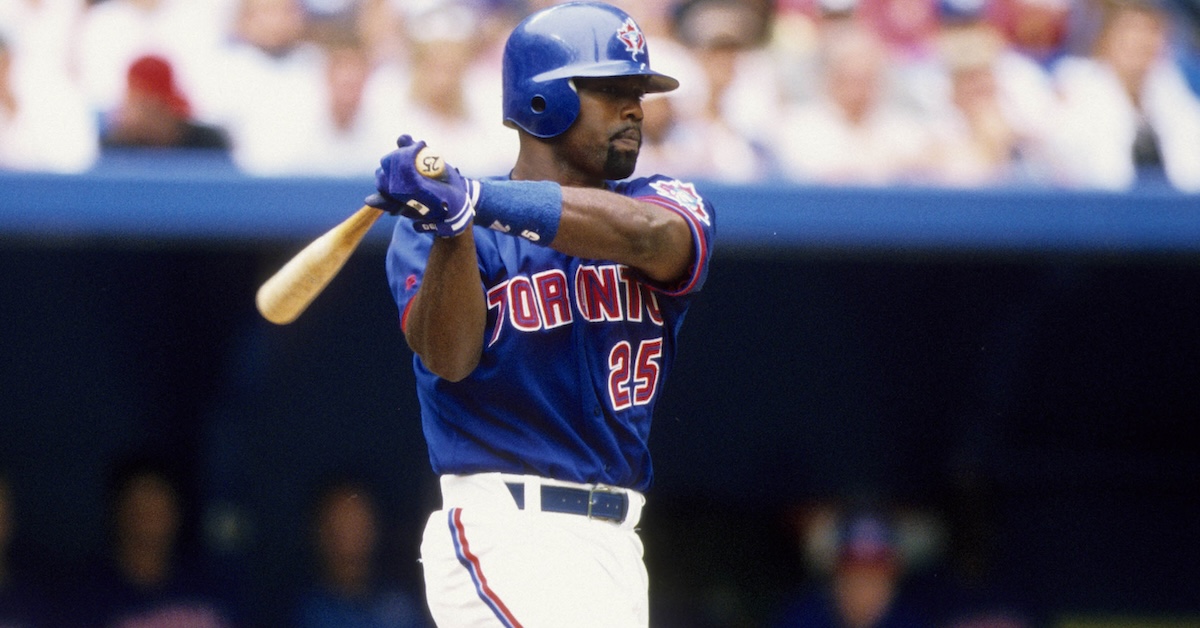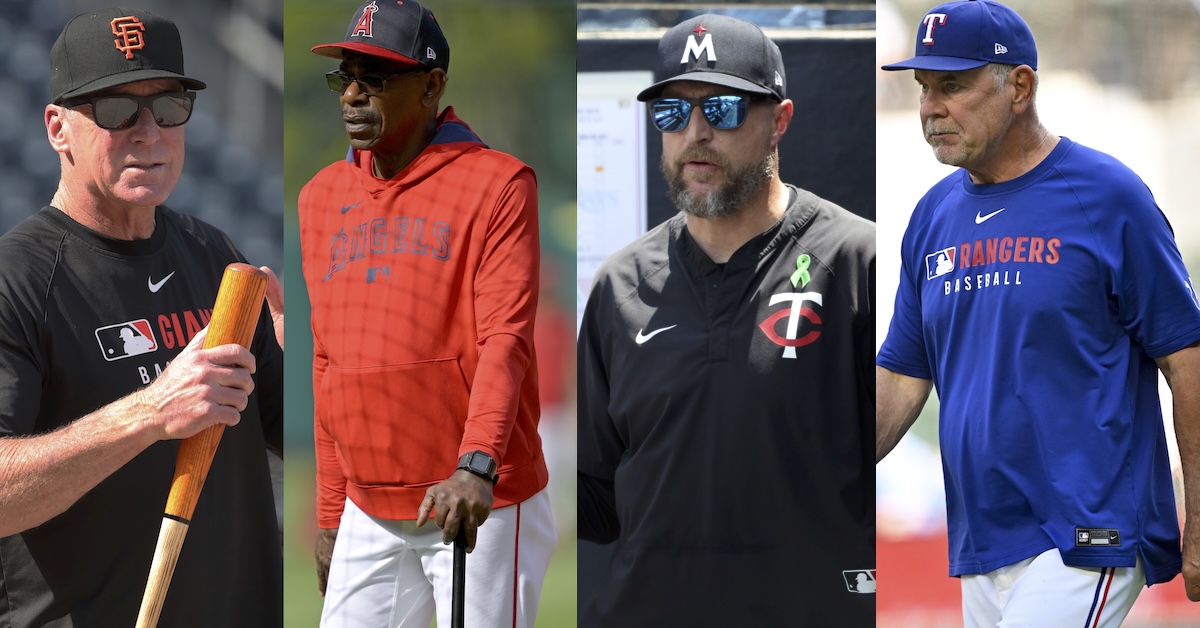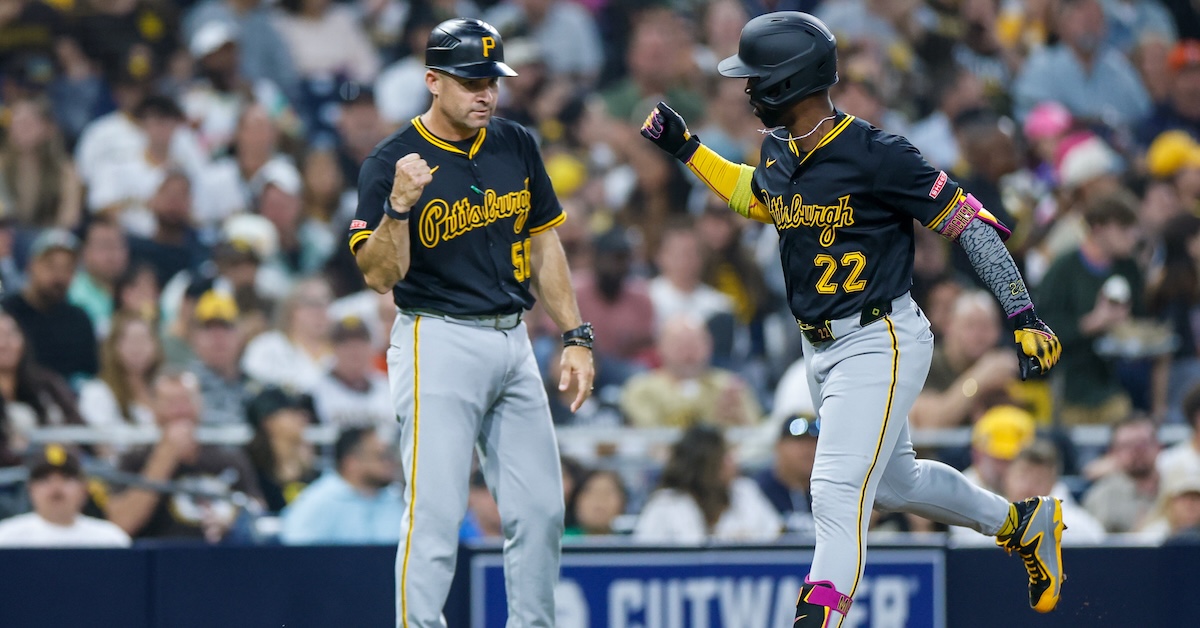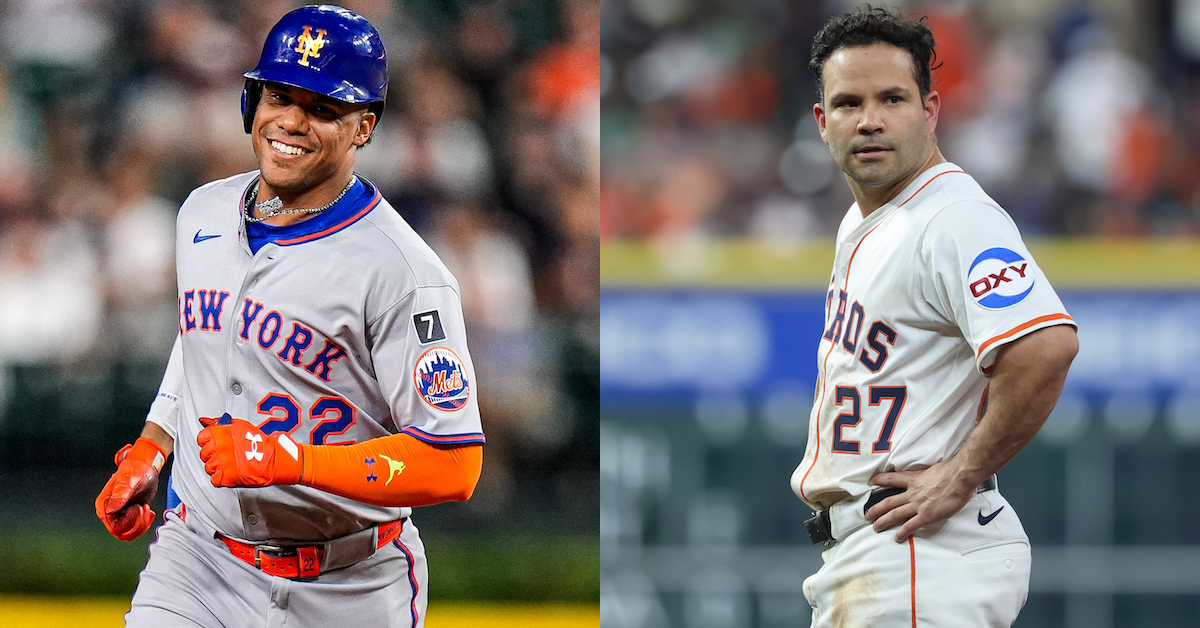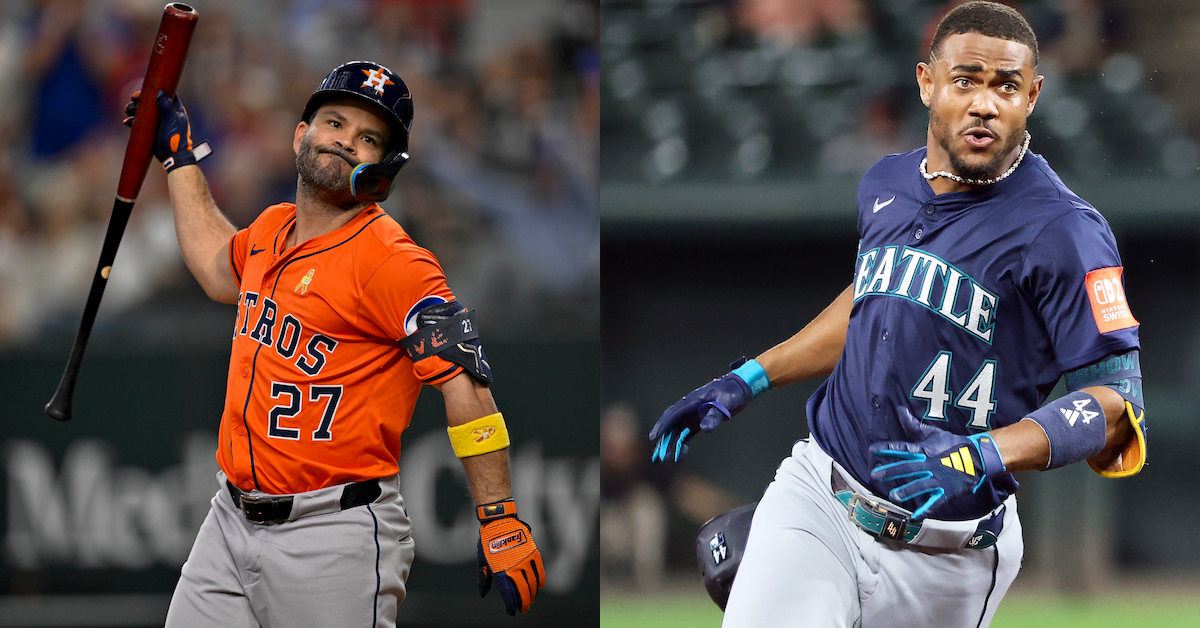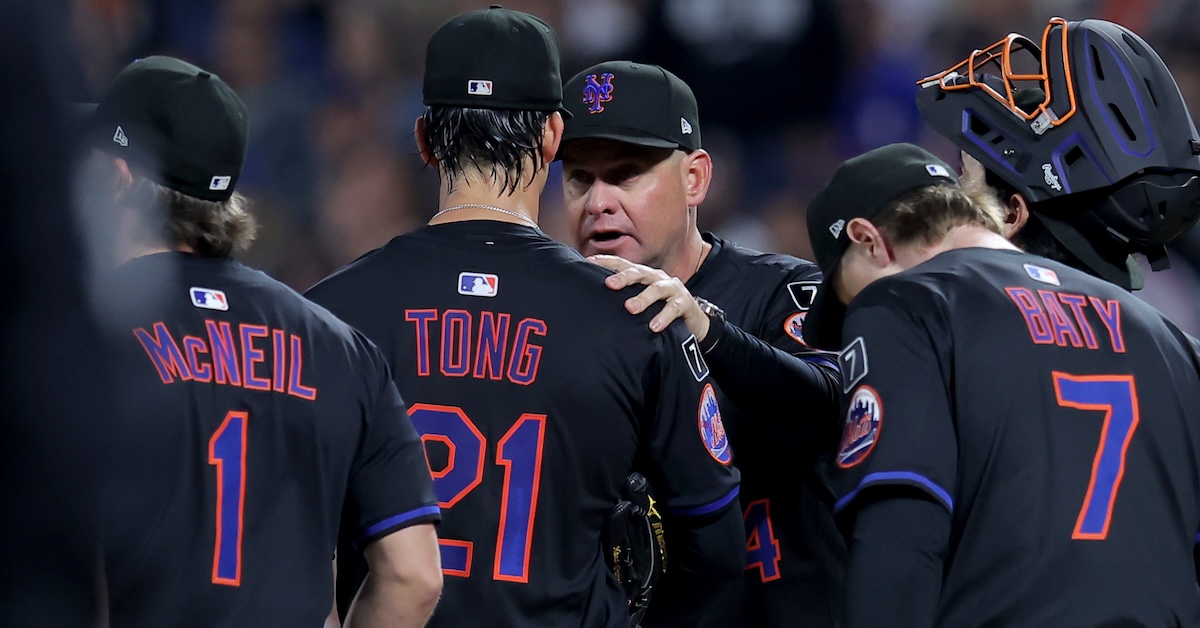Direct links to applications (please see job details below):
Associate Analyst, Player Information
Associate Analyst, Player Optimization
Intern, Data Science
Associate Analyst, Player Information
Location: Citi Field – Queens, New York
Job Description:
GENERAL RESPONSIBILITIES
- Perform thorough research analysis on Mets players to help staff build and maintain individual Player Plans
- Transform internal data and model results into actionable information that enhances both in-game and player performance strategy
- Monitor and report on in-season performance trends, delivering key insights to coaches and leadership
- Develop systems that allow staff to efficiently come to conclusions consistent with organizational philosophy
- Drive growth of Mets coaches through continued education
- Provide feedback to the rest of Baseball Analytics and Baseball Systems on reports, models, and tools that impact player analysis
- As time permits, analysts will be assigned additional coding and/or statistical modeling projects related to the position
- Ad hoc requests from Baseball Analytics in line with these job responsibilities
- Work with other analysts to help improve each other’s coding abilities and quantitative abilities
POSITION REQUIREMENTS
- Bachelor’s degree in a quantitative field or equivalent experience
- Significant experience in R, Python, or similar, as well as proficiency in SQL
- Fluency in Spanish is a plus
- Domestic travel required throughout the length of the position
- Must be able to work unconventional hours
APPLICATION QUESTIONS
To apply for this position, please respond to the questions below and upload your answers as a PDF file alongside the resume. Please limit responses to 200 words.
- Who is an upcoming MLB free agent that you feel is undervalued and why?
- When evaluating outfield defense, which metric(s) would you use and why?
The above information is intended to describe the general nature, type, and level of work to be performed. The information is not intended to be an exhaustive or complete list of all responsibilities, duties, and skills required for this position. Nothing in this job description restricts management’s right to assign or reassign duties and responsibilities to this job at any time. The individual selected may perform other related duties as assigned or requested.
The New York Mets value the unique qualities individuals with various backgrounds and experiences can offer the organization. Our continued success depends heavily on the quality of our workforce. The Organization is committed to providing employees with the opportunity to develop to their fullest potential.
Hourly Rate: $20 – $25
For technical reasons, we strongly advise to not use an .edu email address when applying. Thank you very much.
To Apply
To apply, please follow this link.
Associate Analyst, Player Optimization
Location: Citi Field – Queens, New York
Job Description:
Summary:
The Player Optimization Associate Analyst will be responsible for building tools to identify and aid implementation of optimization and improvement strategies for both internal and external players.
Essential Duties & Responsibilities:
- Analyze new data sources and their potential to explain baseball performance
- Collaborate with Biomechanics and Performance teams to analyze players’ physical capabilities
- Present research and tools to coaches to aid implementation of optimization strategies
- Systematically identify internal and external players with room for optimization
- Work with Data Science team to understand how players’ capacity to improve impacts their value
- Perform research that explains how players are able to express skills on the field
- Expand the organization’s understanding of how players can improve relative to expectations
Requirements:
- Creativity and curiosity regarding the game of baseball
- Ability to collaborate and work within and across teams
- Strong verbal and written communication skills
- Demonstrated ability to manage multiple projects simultaneously and execute tasks under time constraints
- Knowledge of baseball technology, including but not limited to KinaTrax, Blast Motion, Hawk-Eye, and force plates
- Interest in public baseball research
- Experience in R, Python, or similar programming languages, and proficiency in SQL
- Statistical modeling experience. Experience in Biomechanics is a plus
- Must be able to work unconventional hours
APPLICATION QUESTIONS
To apply for this position, please respond to the questions below and upload your answers as a PDF file alongside the resume. Please limit responses to 200 words.
- When trying to understand how fast a player should be able to swing a bat, what information would you seek and why?
- When evaluating outfield defense, which metric(s) would you use and why?
- When looking at how much a pitcher can improve, what information would you consider?
The above information is intended to describe the general nature, type, and level of work to be performed. The information is not intended to be an exhaustive or complete list of all responsibilities, duties, and skills required for this position. Nothing in this job description restricts management’s right to assign or reassign duties and responsibilities to this job at any time. The individual selected may perform other related duties as assigned or requested.
The New York Mets value the unique qualities individuals with various backgrounds and experiences can offer the organization. Our continued success depends heavily on the quality of our workforce. The Organization is committed to providing employees with the opportunity to develop to their fullest potential.
Hourly Rate: $20 – $25
For technical reasons, we strongly advise to not use an .edu email address when applying. Thank you very much.
To Apply
To apply, please follow this link.
Intern, Data Science
Location: Citi Field – Queens, New York
Job Description:
Summary:
The New York Mets are seeking an intern in our Baseball Analytics Department for the summer of 2026. During the summer, the Intern will build, test, and present statistical models to inform the decision-making of our Baseball Operations department. This position requires strong background in complex statistics and data analytics, as well as the ability to communicate statistical model details and findings to both a technical and non-technical audience. Prior experience in or knowledge of baseball is a plus, but is not required.
Essential Duties & Responsibilities:
- Build statistical models to answer a wide variety of baseball-related questions affecting the operations of the organization using advanced knowledge of statistics and data analytics and exercising appropriate discretion and judgment regarding development of statistical models
- Interpret data and report conclusions drawn from their analyses
- Present model outputs in an effective way, both for technical and non-technical audiences
- Communicate well with both the Baseball Analytics team as well as other Baseball Operations personnel to understand the parameters of any particular research project
Qualifications:
- Pursuing a degree in statistics or a related field
- Professional experience in a quantitative position is a plus
- Strong background in a wide variety of statistical techniques
- Strong proficiency in R or Python
- Strong communication skills
- Ability to work cooperatively with others
The above information is intended to describe the general nature, type, and level of work to be performed. The information is not intended to be an exhaustive or complete list of all responsibilities, duties, and skills required for this position. Nothing in this job description restricts management’s right to assign or reassign duties and responsibilities to this job at any time. The individual selected may perform other related duties as assigned or requested.
The New York Mets value the unique qualities individuals with various backgrounds and experiences can offer the organization. Our continued success depends heavily on the quality of our workforce. The Organization is committed to providing employees with the opportunity to develop to their fullest potential.
Hourly Rate: $20 – $25
For technical reasons, we strongly advise to not use an .edu email address when applying. Thank you very much.
To Apply
To apply, please follow this link.
The content in this posting was created and provided solely by the New York Mets.

